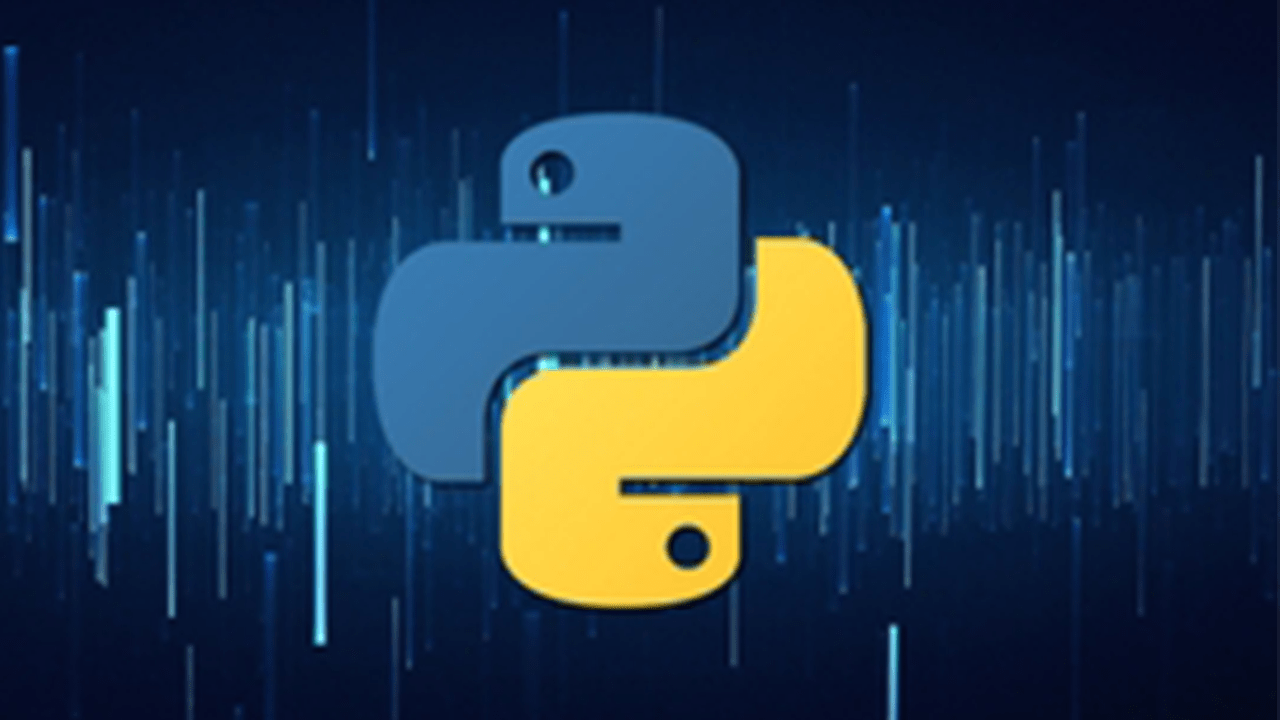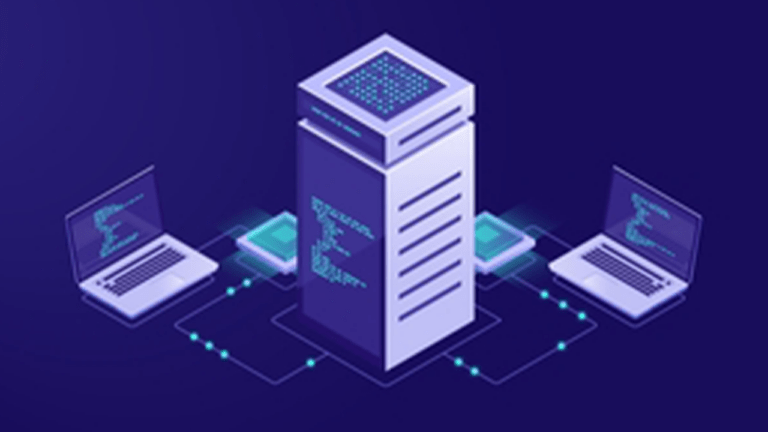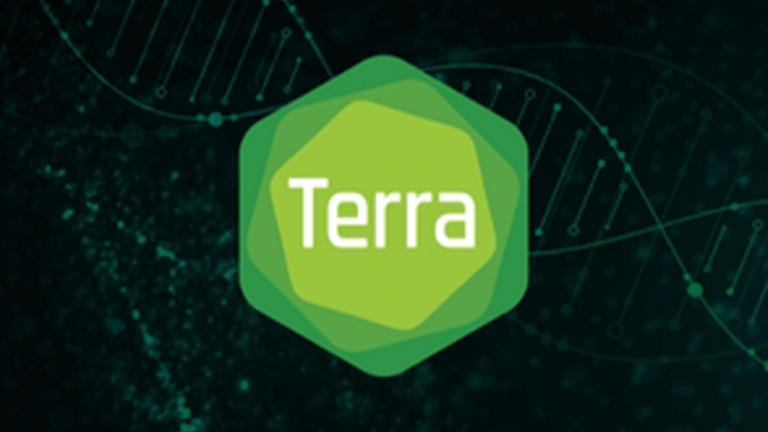Learn the ins and outs of the programming language, Python. Learners will explore the origin of Python, gain understanding of Jupyter Notebooks and the basis of Linux, including syntax and semantics. After that foundational basis is established, participants will learn the basics of data structures in Python before exploring functions, string manipulation, regular expressions, packages and modules. The course wraps up with a look at data visualization and applications of Python for biomedical data.
Modules
This first module will walk you through an introduction to programming with Python. It will allow you to learn about the origin of Python, some of the simplicity and philosophy behind Python as well as the applications and utility of Python in biomedical data science. In addition, it will introduce Jupyter Notebooks and briefly summarize the basics of Linux in a Python environment.
This second module will walk you through the basics of Python syntax and semantics. It will allow you to learn about Python identifiers as well as comments, the importance of indentation and the use of parentheses and brackets, as well as quotation, separators, and the Python reserved words. In addition, this module also covers variables, objects, and a few of the essential semantic constructions seen in Python.
The third module will allow you to learn about the basics of data structures in Python: lists, tuples, dictionaries, sets, and collections. Additionally, this module is focused on an introduction to operational structures, in particular, conditional statements and loops.
This fourth module will walk you through the concept and syntax of functions, the types of functions, how to define, document, and call a function, as well as lambdas. In addition, this module will allow you to learn about string manipulation and regular expressions in Python.
The fifth module will walk you through packages and modules in Python. It will allow you to learn how to install packages and import modules, as well as the use of packages in biomedical data science. This module also covers the two most widely used Python packages, NumPy and Pandas. These have emerged to be essential libraries that are extremely important for scientific computation.
The sixth module will walk you through data visualization, including scatter plots and categorical scatter plots, line plots, facets, boxplots, violin plots, bar plots, histograms, Kernel Density Estimation plots, joint plots, linear regression plots, as well as heatmaps.
In addition, given that an important part of programming is actually knowing how to interpret error messages and how to fix the underlying causes, this module will allow you to learn about error and exceptions.
The last module of this course is focused on learning potential applications of Python in biomedical data analysis. It is oriented towards understanding more about statistical analysis using Python, including descriptive analysis, hypothesis testing, and statistical model.
In addition, this module will teach you the principles of machine learning. It will provide an overview of what machine learning is, the types of learning that exist, how to interpret the results, as well as how to evaluate model performance.



